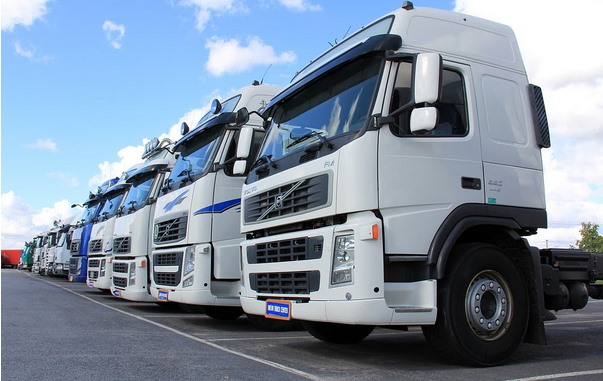7 Effective Ways to Advertise Your Trucking Business
- Written by News Co Media

The trucking industry plays a fundamental role in the world economy. Why is this so? They provide essential services to the economy by transporting large amounts of raw materials, machines, equipment, earth, rocks, and finished products.
Heavy trucks usually transport materials from manufacturing plants to retail distribution centres and from warehouses to construction sites. It is for this reason that they are indispensable today.
Since they are so necessary, there is significant competition globally, so having an effective marketing strategy is crucial.
Without a doubt, the best way to grow your business is by offering an excellent quality of service.
However, various marketing strategies can maximize results and help you get more customers for your transportation company.
Read on, and you will find seven effective ways to advertise your trucking business and guarantee its success.
Build a Good Website
Having an attractive website is probably the highest priority when creating a corporate image on the web.
A good company should have a web page that describes all its services, testimonials, vision, contact, and other essential details.
However, it should also include quality content and a pleasant design.
Your goal must be that every time a potential client visits your page, they do not think twice about contacting your company.
Creating a web page is extremely simple; what is difficult is to maintain a good quality website.
Use Social Media
It is challenging to find someone who does not use social networks nowadays. Different demographics use social networks for different purposes every day.
That is why brands, services, and products with a good reputation on social networks have gained an extremely high trust level in the population.
An effective social media strategy translates into an exponential growth of new customers. Social networks are an excellent place for your customers to interact with your company, leaving suggestions, references, recommendations, and scores.
Do not miss out on this opportunity. Make your business a reference to the freight and moving services niche on social media for your specific location.
Imagine how many people can recommend your company through social networks once you start to gain a reputation.
Offer Competitive Prices
Your bid must be low enough to remain competitive and high enough to be profitable. To offer a quality service at a fair price, you must establish a rate based on the truck's route.
In this way, you will ensure that you offer a price with which customers will feel satisfied knowing why you are charging that amount of money.
Advertise on the Go
If you realize it, trucks are a huge canvas that you can decorate to your liking. While you can paint the trucks with bold colours or innovative designs, why not take advantage of it and use it to promote your business?
By placing the name, a small slogan, some images and contact information, you will have a mobile billboard that can be seen by anyone who is on the route of the truck.
For the design to match the truck and be as durable as possible, it is advisable to hire a vehicle signage company for trucks, such as the award-winning graphic designers at Sign-up Fleet.
They have the necessary materials and a team of professionals ready to satisfy any requirement.
Take Care of Your Customers
Stay in tune with your existing customers. Offer discounts to current customers and to attract new ones.
You can also offer discounts to customers who refer you to others after a certain number of shipments you have purchased.
Excellent customer service is one of the surest ways to retain customers and attract new ones, too.
You must do everything you can to meet and exceed expectations and deliver on your promises.
Ask for Reviews
One of the best ways to know if your business meets customer expectations is to offer them the possibility to leave their opinion.
Through small surveys, customers can rate their experience using the service. Then, you must take these recommendations and apply the necessary corrections if they are necessary.
Keep Your Customers Informed
It is essential to keep your customers informed about your company to encourage them to continue using your services. Keep them regularly informed of news in the service, promotions, rates, and other important information.
One of the most effective ways to do this is through an email newsletter. You will be able to automate messages and reduce the time spent promoting your trucking business.
You can use many strategies to get your trucking business clients, but with these seven that we have given you, we are sure that your business will prosper faster than you imagine.








